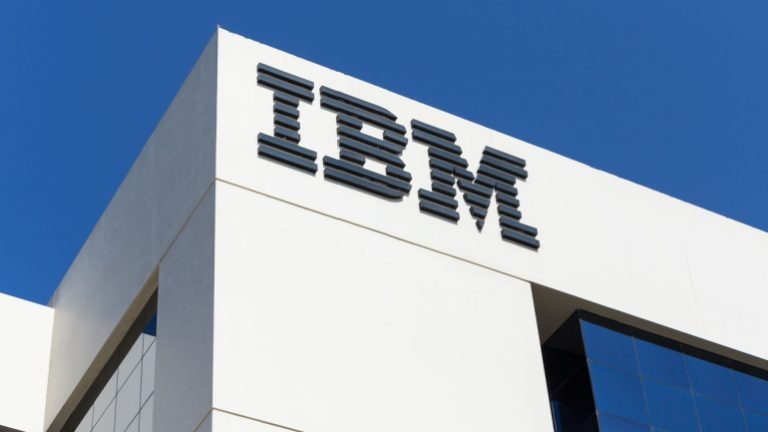
Seamless connectivity is rapidly guiding the telecommunications industry in 2023, and this drive is only forecasted to increase in the future. All eyes are on service providers as they strive to develop fresh solutions to accommodate the escalating demand for speedy and reasonably priced web services across the UK.
Reminiscent of a world pivoting towards remote work, AI integration in professional and personal spaces, the necessity for unfailing, trustworthy connectivity has never been more potent. The journey towards an intertwined future gains momentum with emerging technology like 5G paving the way, promising to mould the telecom sector over the coming years.
The landscape of telecom industry changes evolves in parallel with the increasing chase for efficient network management and shared infrastructure. This is not purely an advancement of technology, but a vital strategy to bolster the relevance and resilience of the sector. This poses an intriguing speculation: Could the UK achieve the vision of becoming a fully connected country by 2025?
The UK’s telecom market has a history of global prominence, a trend that is not fading anytime soon. Projections for the industry suggest an impressive leap from USD 34.32 billion in 2023 to a staggering USD 42.95 billion by 2028, cementing the UK’s stronghold in the telecommunications domain worldwide.
At the heart of this progress lies the UK government’s aspiration to herald a new epoch of digital connectivity. The aim is to ensure every home and business has access to gigabit-capable broadband by 2025, setting the stage for economic prosperity and societal cohesion.
This ambitious goal rests on the collaborative efforts of full fibre digital connectivity and 5G technology, without compromising the security and resilience of the infrastructure. This vision extends beyond possessing high-end technology; it’s a societal shift that demands readiness and adaptability. In essence, we are talking about a cultural shift, a transformation in how we interact, work, and live within an interconnected world.
Ushering in this transformation is the UK’s shift to fibre optics, reinforced by the strategic move to sunset the Public Switched Telephone Network (PSTN) by 2025. With this ‘national switch,’ the antiquated copper phone network exits, paving the way for full fibre connections. The UK government and Ofcom have recognized the importance of securing consumers’ interests during this significant transition, and planned measures ensure minimal disruptions are expected.
The Centre for Economics and Business Research (CEBR) has identified the benefits of this shift; it promises more than just technological upgrades. Shifting to full fibre could bridge gaps in communities with poor internet services and stimulate the economy by nearly £59 billion through enhanced productivity.
Similarly, the roll-out of 5G technology since 2019 presents intriguing possibilities for the telecom industry. Advantages encompass reduced latencies, higher data capacity, and speedier connections. As time progresses and coverage expands, users can expect enhanced efficiency, better costs, and robust protection against cyber threats.
As the UK teeters on the brink of a digital revolution, consumers are poised to reap unprecedented benefits. Ongoing developments promise not only to alter the way we communicate, but also the ways we live, work, and interact. The UK’s telecommunication sector trajectory is promising, with pioneers like Digital Infrastructure and BeFibre alongside government support bolstering progress towards a fully interconnected UK by 2025. As full fibre broadband and 5G technology merge, consumers and businesses become integral to a digitally-empowered and connected society in the digital era.




